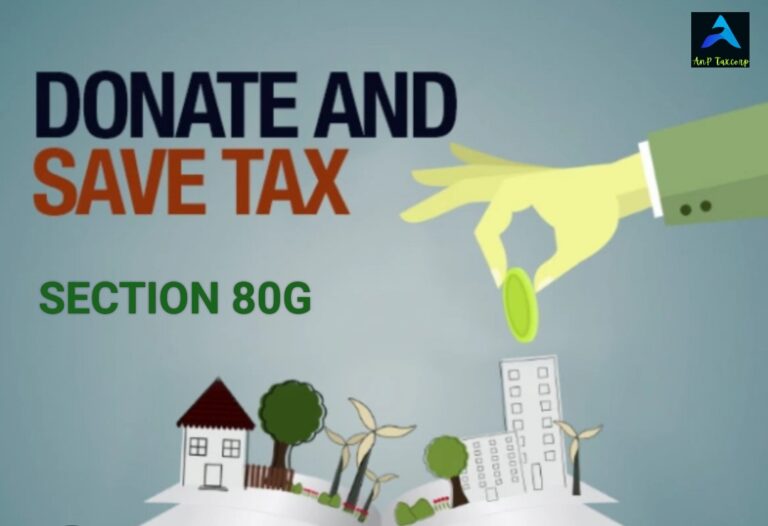Donating to charitable causes not only contributes to social good but can also offer significant tax benefits under the Indian Income Tax Act. For the financial year 2024–25, taxpayers opting for the old tax regime can claim deductions on eligible donations under Section 80G and Section 80GGA. These provisions allow for deductions ranging from 50% to 100% of the donation amount, depending on the type of donee organization and applicable limits. However, with specific rules on payment modes and documentation, it is crucial for donors to plan their contributions carefully to maximize tax savings.
For the FY 2024–25 (Assessment Year 2025–26), here’s a detailed overview of income tax deductions on donations in India:
🧾 1. Deductions under Section 80G (Only in Old Tax Regime)
- Eligibility: Only taxpayers who opt for the Old Regime can claim 80G deductions. New Regime filers cannot.
- Mode of Donation:
- Non-cash modes (cheque, draft, NEFT/IMPS, UPI, cards) or cash up to ₹2,000 are valid.
- Donations in kind (clothes, food, etc.) are not eligible.
💸 2. Deduction Categories under 80G
| Category | Deduction | Limit | Examples |
|---|---|---|---|
| A | 100% with no upper limit | — | PMNRF, National Defence Fund, Swachh Bharat Kosh |
| B | 50% with no limit | — | PM Drought Relief Fund, Indira Gandhi Memorial Fund |
| C | 100%, subject to 10% of AGTI | Max = 10% of Adjusted Gross Total Income | Govt. authorities for family planning, contributions to IOA |
| D | 50%, subject to 10% of AGTI | Max = 10% of Adjusted Gross Total Income | Local/government charities, religious places, general NGOs |
Adjusted Gross Total Income (AGTI) is your gross total income minus deductions under 80C–80U (excluding 80G) and certain specified incomes.
📌 3. Cash Donations Limit
- Cash donations only up to ₹2,000 are eligible.
- Donations above ₹2,000 must be made via non-cash methods for tax benefit.
📝 4. Documentation & Filing Tips
- Ensure the donee organization is registered under 80G; check the 80G certificate number/PAN.
- Secure Form 10BE (mandatory since FY 2022–23 for 80G claims).
- Maintain the donation receipt: donor name, donee PAN, date, amount, deduction category.
- Enter details in the correct Schedule/Table in ITR:
- Table A: 100%, no limit
- Table B: 50%, no limit
- Table C: 100%, limited
- Table D: 50%, limited
❓ 5. Example: ₹1,00,000 to Local NGO
- Suppose AGTI is ₹6 lakh.
- Donation is to a 50%‑limited category → max eligible = 10% of ₹6 L = ₹60,000.
- Deduction = 50% of ₹60,000 = ₹30,000.
✅ 6. Section 80GGA (Extra)
- Donations to scientific research or rural development institutions under 80GGA are 100% deductible, regardless of income, in both regimes—subject to similar non-cash/cash ₹2,000 cap rules.
🔄 7. Regime Comparison
- Old Regime: Can claim 80G and 80GGA deductions as above.
- New Regime: All deductions under 80G/category gone; cash donations provide no tax benefit.
✅ Your Action Checklist
- Choose Old Regime in your ITR if you make eligible charitable donations.
- Donate via non-cash if amount > ₹2,000.
- Get Form 10BE + valid receipt with all details.
- Compute deduction based on category & AGTI.
- Enter donation data in appropriate Schedule 80G/Table A–D.
Bottom line: For FY 2024–25, only donations made under the Old Regime, respecting mode-of-payment rules, qualify for Section 80G, with deductions ranging from 50‑100%, subject to category-specific caps and a ₹2,000 cash limit. Section 80GGA offersy additional 100% deduction. Make sure to file your tax return accordingly.
